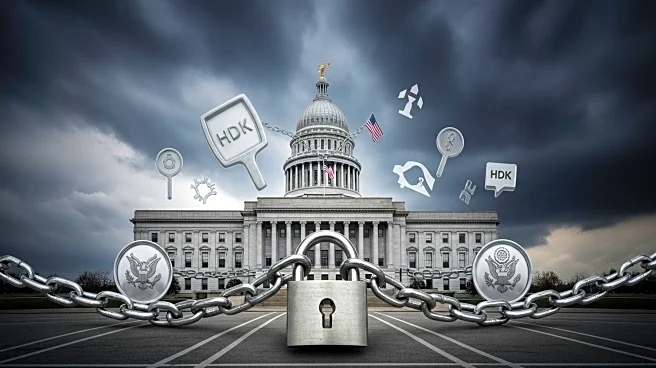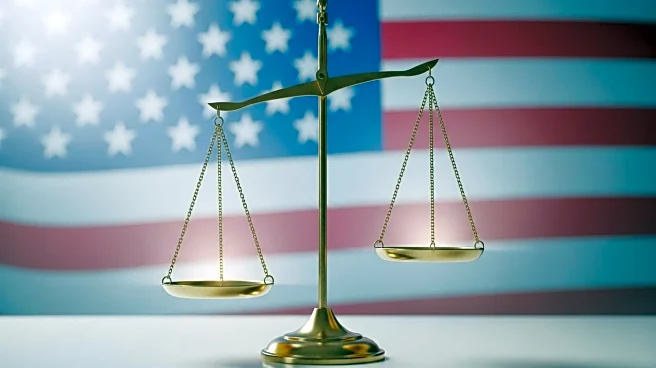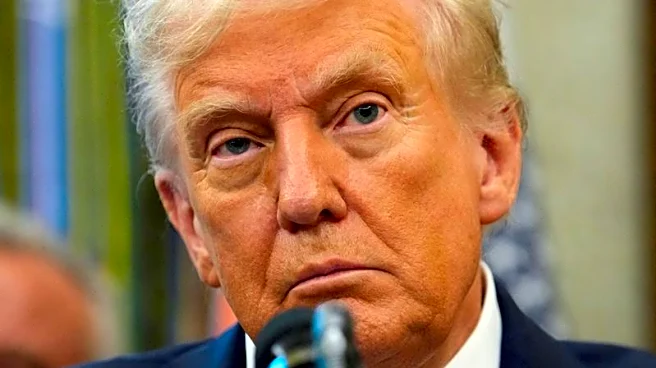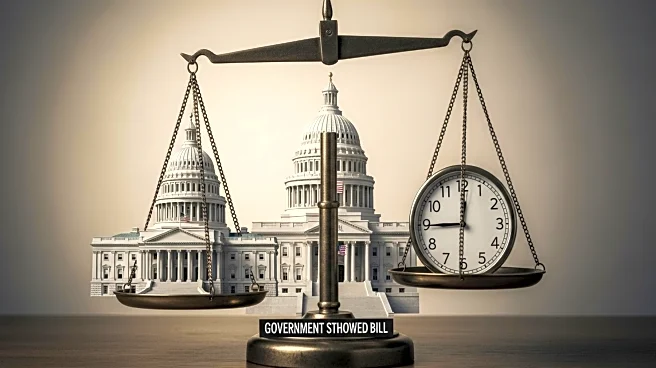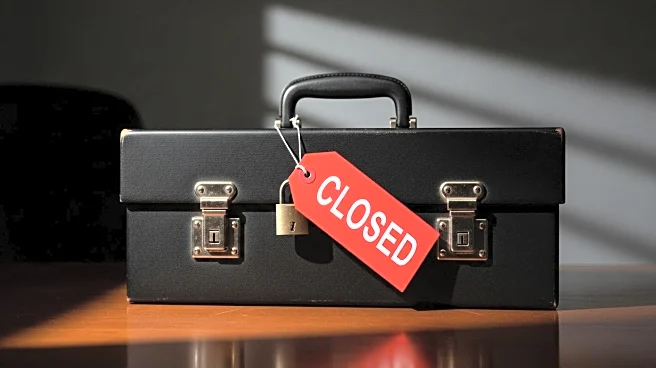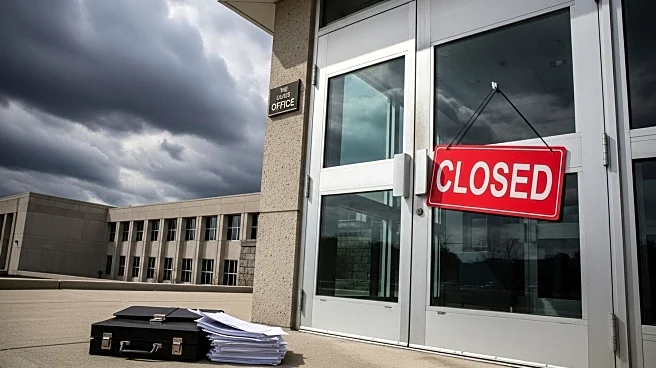What is the story about?
What's Happening?
The U.S. government has experienced its 11th shutdown since 1980, a situation that is largely unique to the United States. Unlike other countries, where government functions continue even during crises, the U.S. system allows for shutdowns due to its federal structure. This structure, designed to encourage compromise, has instead led to frequent impasses. The current shutdown is a result of a strict interpretation of the 1884 Anti-Deficiency Act, which prohibits government spending without a budget. This interpretation was first applied in 1980, leading to the first shutdown in 1981. Since then, shutdowns have become a recurring issue, with the longest lasting from December 2018 to January 2019.
Why It's Important?
Government shutdowns have significant impacts on various sectors, including national parks, tax refunds, and food assistance programs. They disrupt public services and can have economic repercussions. The shutdowns also highlight the challenges within the U.S. political system, where different branches of government can be controlled by opposing parties, leading to stalemates. This situation contrasts with parliamentary systems, where the executive and legislature are typically aligned, preventing such shutdowns. The frequent use of shutdowns as a political tool raises concerns about governance and the ability to effectively manage public resources.
What's Next?
The resolution of the current shutdown will depend on negotiations between political leaders. The outcome could influence future budgetary processes and the potential for further shutdowns. Stakeholders, including government employees and service users, are likely to advocate for solutions that prevent future disruptions. The political landscape may also shift as parties seek to address the underlying issues that lead to shutdowns.
AI Generated Content
Do you find this article useful?
